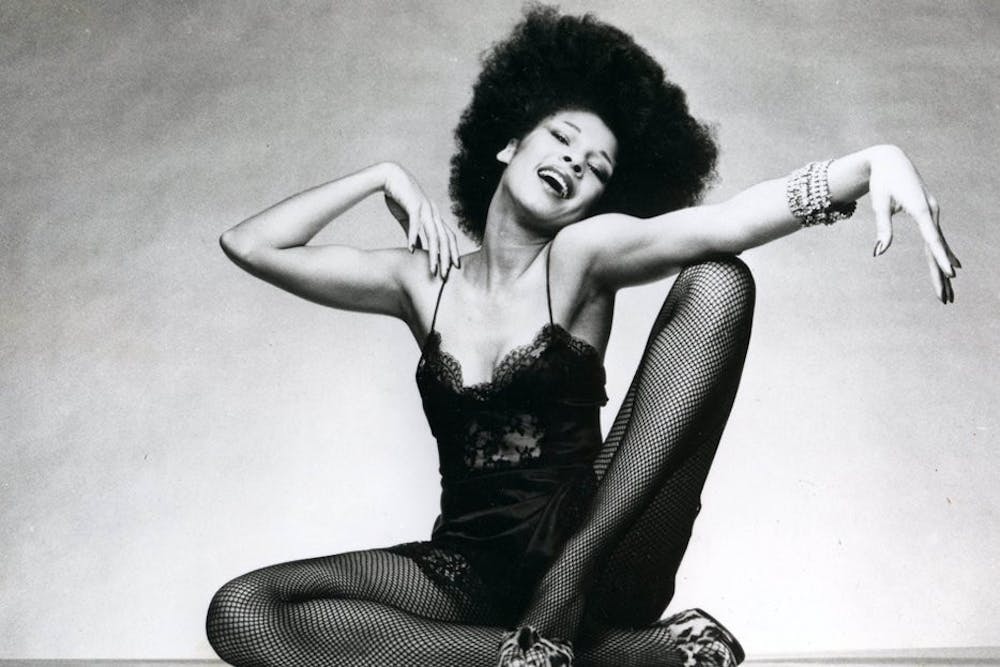When new genres enter the musical canon, they’re often thought of in terms of preexisting genres and artists: hip-hop started by sampling disco tracks, country has its roots in gospel and folk songs and pop-punk and rap-rock are conveniently named after these combinations. Unlike these seemingly arithmetic fusions, though, the musical product is often greater than the sum of their parts. And no artist represents this better than the late Durham-born funk icon Betty Davis.
The music world and Bull City lost one of its most beloved homegrown musicians Feb. 9. The Queen of Funk was born as Betty Mabry in Durham, where her father worked in the mills of the segregated city. As discussed by The News & Observer, she was always an ambitious and introspective artist:
“There’s always been a bird inside me,” she says in the 2017 documentary “They Say I’m Different."
“It used to sit outside my window when I was a girl, me feeding the hogs across the cornfield. Then, that little bird was orange and bright, but it grew into a crow. Black crow. ... That’s how it all began,” Davis said. “The beginning of being different.”
After moving to New York in her early 20s, she met Miles Davis at the Blue Note jazz club and throughout their short marriage, modernized the jazz musician’s wardrobe to fit in with the politically charged styles of the decade (his attitude never got the “peace and love” memo of the time though).
In 1974 and 1975, she released “They Say I’m Different” and “Nasty Gal,” respectively. According to Rolling Stone, neither of the albums saw commercial success, but they paved the way for later artists from Madonna to Prince to Erykah Badu. Jazz legend Miles Davis once referred to her as “Madonna before Madonna, Prince before Prince.” Her lyrics were unabashedly seductive, her voice effortlessly moved between sultry and raspy and she donned bright blue eyeshadow and fuschia cheeks years before it was a trend in Cosmo. Jamila Woods discussed her widespread influence in 2021:
““[I remember] instantly being struck by just the sonic quality of her voice,” Wood said. “It’s like she makes me want to listen to what she’s saying. And I don’t think I understood the power of just that for a long time, and she really helped me internalize that.”
Davis was undoubtedly influential for later artists and genres, but it is crucial to acknowledge her role in the development of funk. She was a friend of Jimi Hendrix and adopts classic rock guitar riffs in tracks such as “They Say I’m Different” as well as grooving bass lines such as in “F.U.N.K.” Her voice was raw and designed to touch your soul directly. She embraces a masculine grit in “Shut Off The Light” and “He Was a Big Freak,” both songs reflecting how sexual freedom for women meant taking control. It meant claiming power when you don’t receive the respect you deserve.
Although she presented the varying aspects of these artists, she is incomparable to them — not because they’re in different leagues by any means, but rather because comparing Davis to Hendrix or Joplin or Prince would be, well, like comparing apples to oranges. I couldn’t place her sound at Woodstock or a rock concert or a disco club. Her sound belongs to a space more tranquil yet powerful, somewhere more permanent and intimate. It belongs to a place that feels like home. And how fitting it is, that a voice that feels like home blossomed from the comforting landscape of Durham.
Get The Chronicle straight to your inbox
Sign up for our weekly newsletter. Cancel at any time.

